Muryōju-in Temple Site
Home to 800-year-old zen basin, a 400-year-old pilgrim’s path, and a century-old industrial grotto.
Founded in the 13th century, Muryōju-in Temple once stood in the Ōgigayatsu neighborhood of Kamakura, Japan, a massive complex protected under the umbrella of the Adachi samurai clan. Later, it was abandoned and replaced by the holiday villa of Yataro Iwasaki, the founder of the Mitsubishi conglomerate, and his family.
Today, the site is home to the Kamakura Museum of History and Culture, founded in 2017 following the city’s failure to register itself on the UNESCO World Heritage list. Housed in the sleek “Kamakura House” designed by renowned British architect Norman Foster, it serves as a small local history museum, but its exhibit goes beyond what’s indoors.
For instance, you may notice that there is a trio of grottoes carved out of the cliff at the back of the museum’s annex gallery. While these resemble the yagura, a style of burial particular to medieval Kamakura, they are much too clean-cut to be so old. In fact, they only date back about a century, when the estate was owned by the Iwasaki family. Their exact purposes are unknown, but are believed to have been storerooms for some industrial purpose, undoubtedly inspired by the medieval yagura.
A portion of the cliff is shaped into a stone staircase. This is the remains of the original Muryōju-in Temple: a 13th-century zen basin. It symbolizes the flow of Buddhist knowledge. The water cascades down to the lower levels, which represent the general public. Natural water still seeps out of the cliff and the lower steps are usually wet with it.
One of the levels of the basin once served as a path towards the temple and, though it has been deserted for centuries, traces of it are still visible. Visitors cannot use this path, but there is a staircase that leads up the cliff.
The stone platform once belonging to Aizuchi-Inari Shrine, where the Iwasaki family would pray for their prosperity, was relocated to the grounds of Kuzuharaoka Shrine in 2013, leaving its platform empty. Still, the hilltop provides panoramic views of Kamakura.
Know Before You Go
The site is part of the Kamakura Museum of History and Culture and is open Monday through Saturday from 10 a.m. to 4 p.m. The entry fee is 300 yen for those over sixteen years old and 100 yen for ages six to 15.

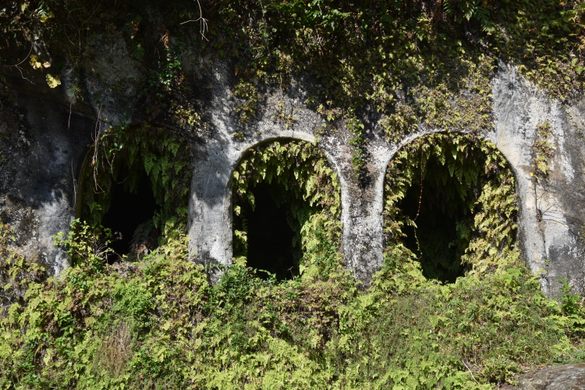
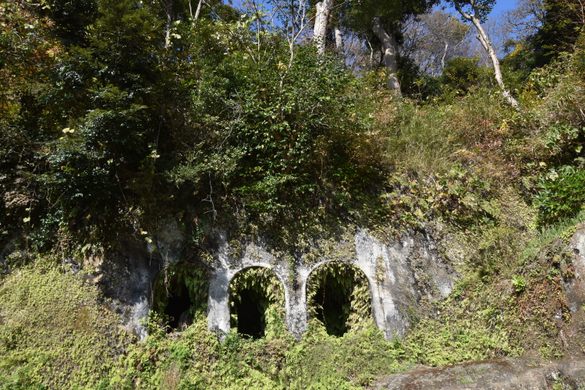
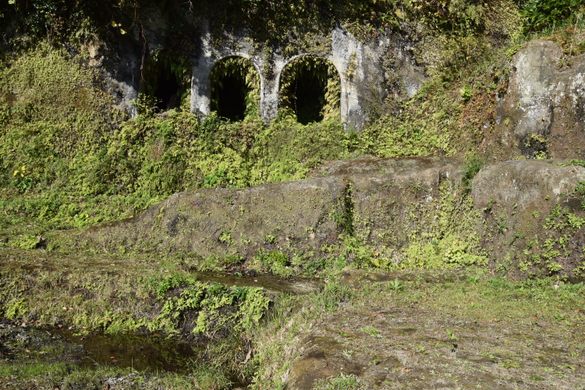
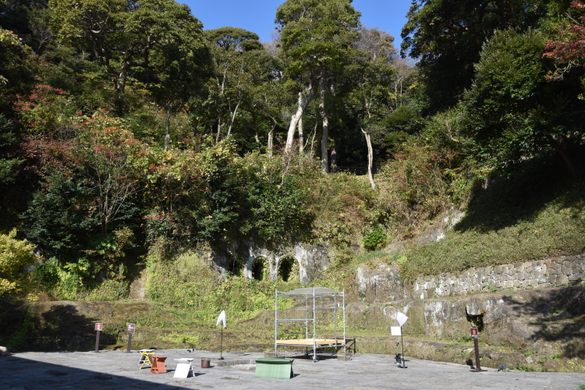
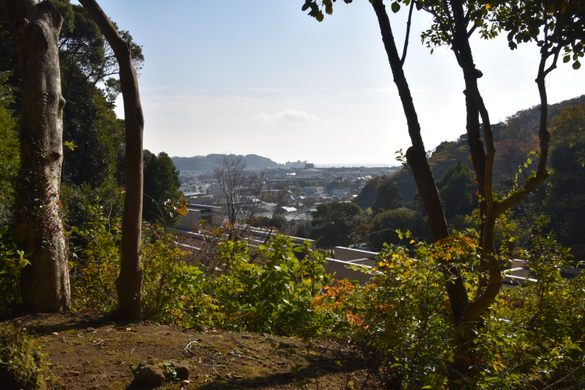
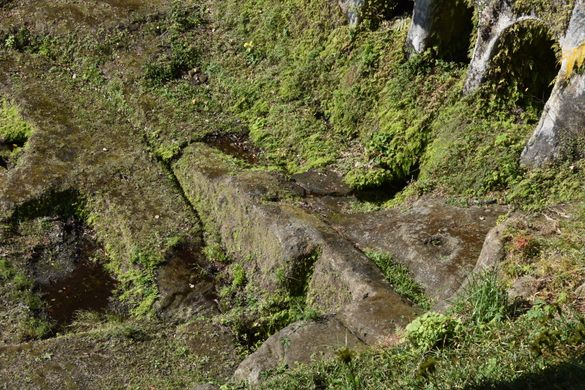
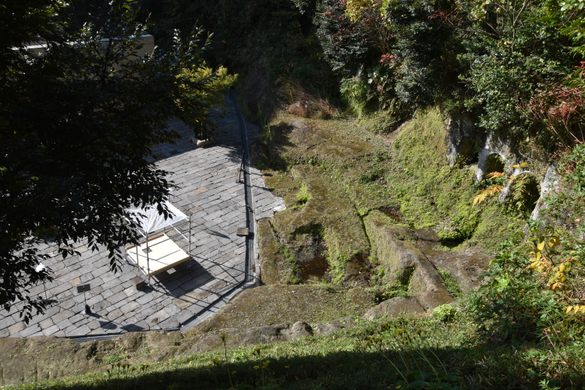
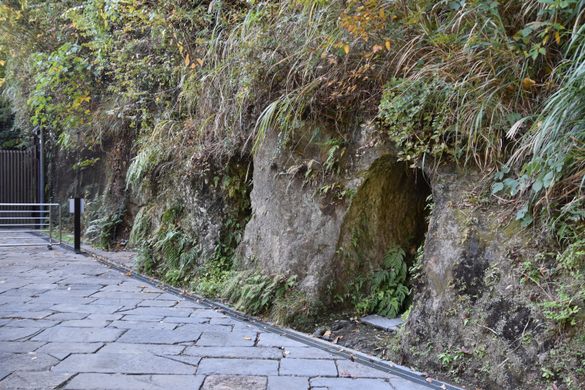








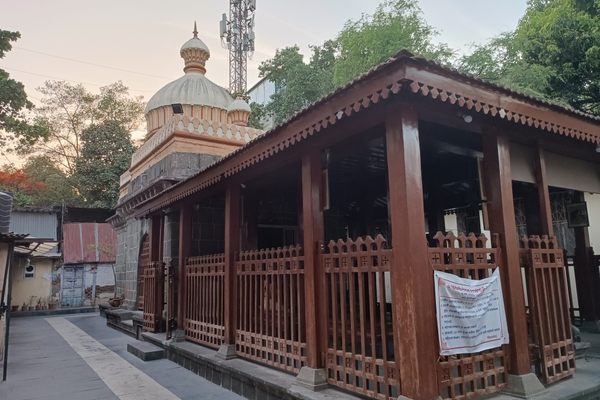



Follow us on Twitter to get the latest on the world's hidden wonders.
Like us on Facebook to get the latest on the world's hidden wonders.
Follow us on Twitter Like us on Facebook